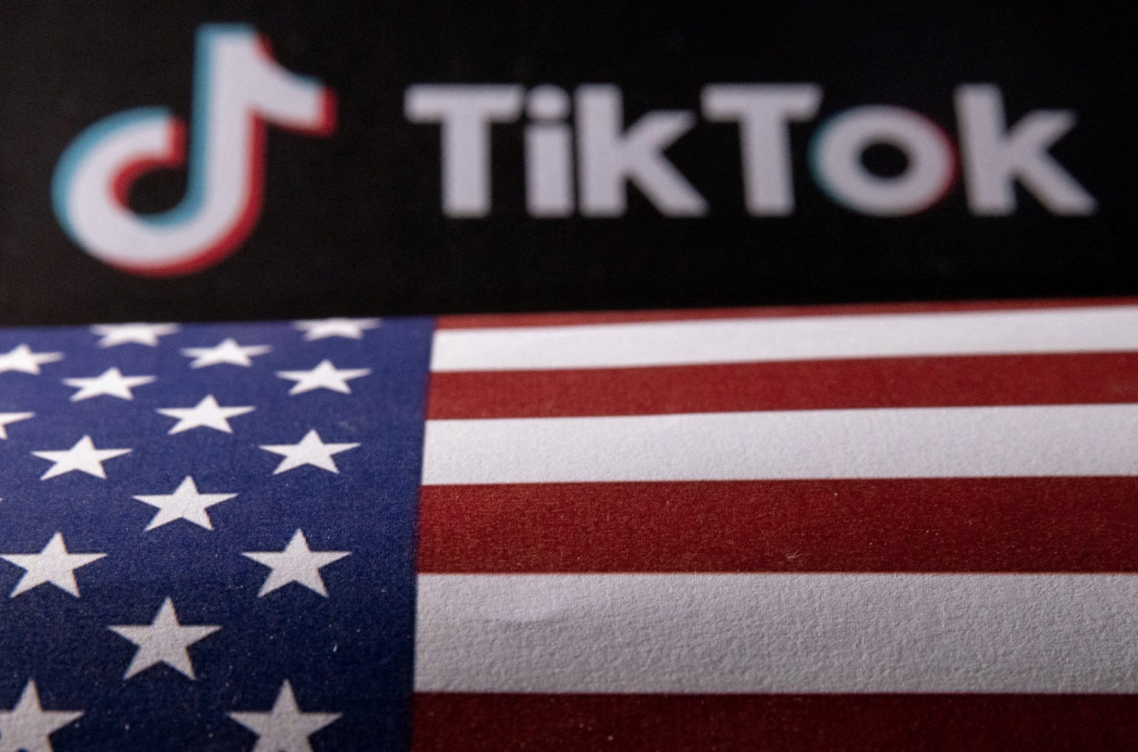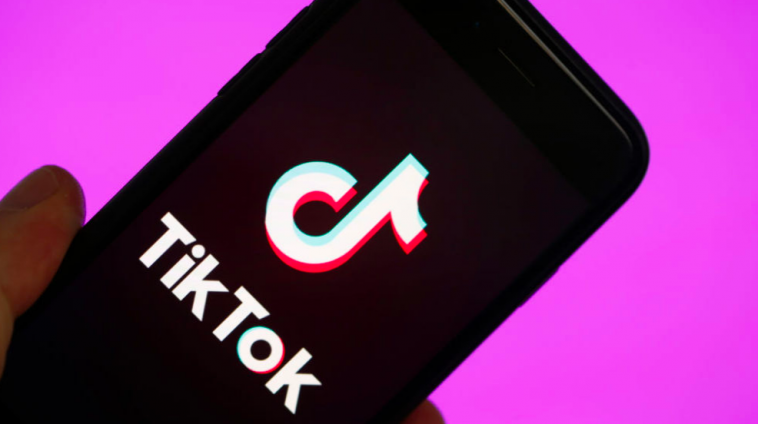On January 18, 2025, TikTok, the popular video-sharing app, ceased operations for its 170 million U.S. users. This shutdown followed the U.S. Supreme Court’s decision to uphold a law requiring ByteDance, TikTok’s Chinese parent company, to divest its U.S. operations by January 19 or face a nationwide ban due to national security concerns, Reuters reports.
Users attempting to access TikTok were told, “A law banning TikTok has been enacted in the U.S. Unfortunately, that means you can’t use TikTok for now.” This development led to an outpouring of reactions on social media, with hashtags like #SaveTikTok trending as users expressed their disappointment.

President-elect Donald Trump, set to be inaugurated on January 20, addressed the situation, stating,
“The Supreme Court decision was expected, and everyone must respect it. My decision on TikTok will be made in the not too distant future, but I must have time to review the situation.”
He also suggested granting TikTok a 90-day extension to negotiate a deal that would allow the app to continue its U.S. operations.
The ban has significant implications for U.S.-China relations and the social media landscape. Rival platforms like Instagram Reels and emerging apps such as RedNote and Clapper are positioning themselves to capture the user base left by TikTok’s absence.
Advertisers are also adjusting their strategies in response to the ban, preparing contingency plans to mitigate potential impacts on their campaigns.
As the situation unfolds, the future of TikTok in the United States remains uncertain. The platform’s fate now hinges on the incoming administration’s decisions and potential negotiations between ByteDance and U.S. authorities. Users and creators alike are awaiting further developments, hopeful for a resolution that will allow the app to resume operations




